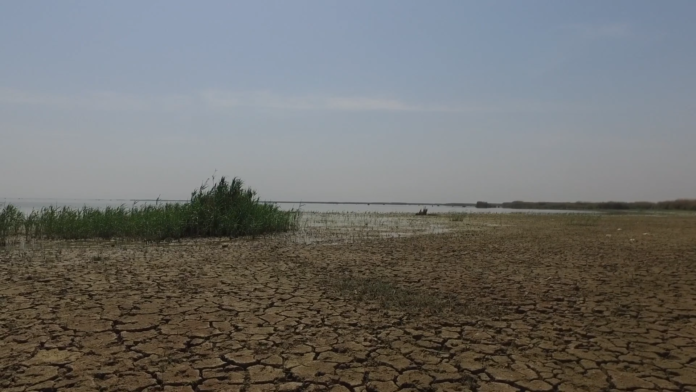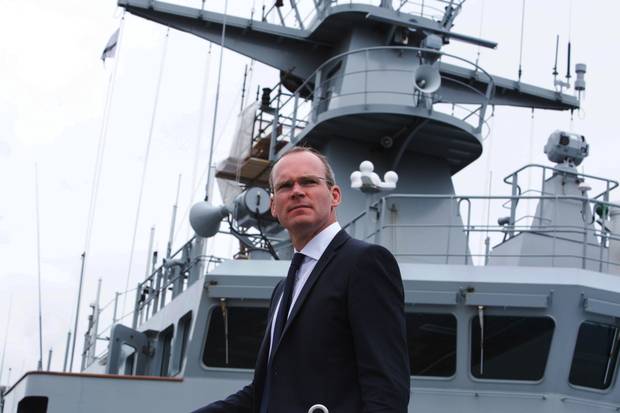In Iraq, one of the cradles of civilisation, the Tigris and Euphrates rivers have supported life for thousands of years.
Despite this, a number of new damming projects by Turkey and Iran have depleted Iraq’s water supply.
While the majority of the populated areas along the Tigris and Euphrates are situated in Iraq and Syria, many of the rivers’ tributaries lie in Turkey and Iran.
“There has been so much chaos in Iraq in recent years that the damming of our rivers has largely passed under the radar,” says Ali Alkarkhi, the President of the Tigris River Protectors’ Association.
“Newly opened dams and water diversion schemes in Turkey and Iran have severely decreased the flow of water into Iraq’s rivers,” he adds.
This year, Iraq’s water minister warned that the country will face severe water shortages if agreements are not made with Turkey in the near future regarding the allocation of water.
Recent damming projects include the Ilisu and Daryan dams, in Turkey and Iran respectively, which both opened in 2018.
The consequences of modern damming are beginning to take their toll, the amount of water reaching Iraq along the Tigris River has been reduced by 60% since 1960.
“We are already witnessing the effects of these issues. Historically, Iraq was one of the world’s great agricultural areas,” says Ali
“Without enough water, we are unable to grow our own food like we used to. The agriculture in Iraq is simply dead, we now import our food from the same neighbours who are taking our water.
“For people in rural areas it can be a challenge to get access to fresh and drinkable water. In Mesopotamia, the land of the two rivers, people cannot access water, imagine that,” he adds.

These trends look ominous for Iraq’s future, it will need more water to sustain its growing population, which is expected to reach 50 million by 2030.
A reduced volume of water is likely to compound the difficulties of living in an extreme climate. Temperatures in the southern city of Basra often exceed 50°C.
“With reduced access to water, people may be forced to move. We are likely to see major demographic changes as climate refugees are forced to leave Iraq,” he says
“If you look at the map of Iraq, you will see all of the main population areas along the track of the Tigris and Euphrates. Life here is dependent on these rivers,”

Solutions
Activists like Ali and his colleagues are trying to ensure Iraq will remain habitable in the near and distant future. For them, a diplomatic solution is essential in ensuring this.
“Neighbouring countries are controlling our water and we must apply political pressure to be allocated our fair share of resources.
“I know at the end of your article you want to finish on a positive note and say there’s hope for a happy ending, but I cannot say this.
“If the situation continues the way it’s going, then there is no cause for optimism. Based on the current trends we can only look forward to further calamity. These conditions are not sustainable. We must act now.”





